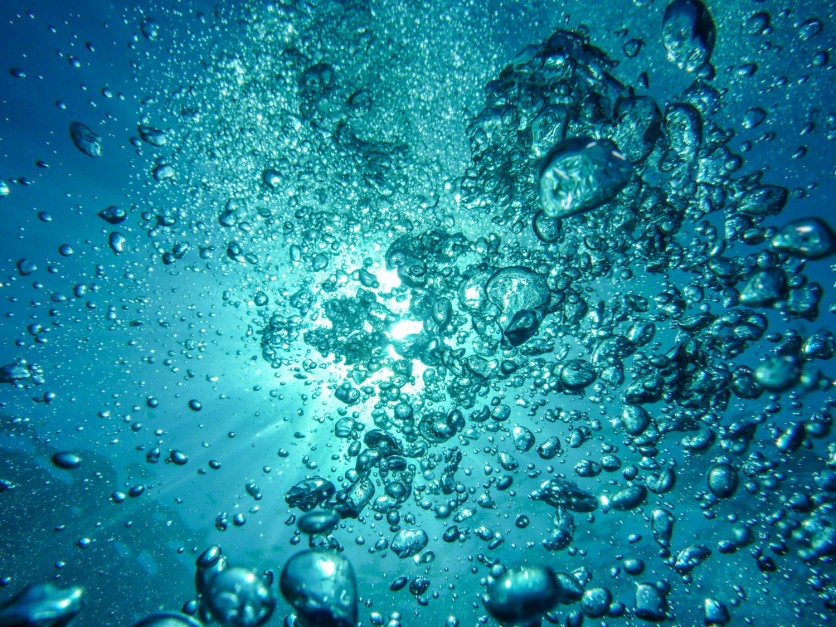Scientists from the National Oceanic and Atmospheric Administration (NOAA) have discovered that marine heat waves can occur deep underwater, affecting bottom-dwelling organisms such as lobsters, scallops, crabs, flounder, cod, and other groundfish.
This finding is significant, as previous studies had only focused on temperature extremes at the ocean's surface, where there are more high-quality observations taken by satellites, ships, and buoys.

Bottom Marine Heat Waves
The study used a combination of observations and computer models to generate the first broad assessment of bottom marine heat waves in the productive continental shelf waters surrounding North America.
According to Dillon Amaya, lead author, and research scientist with NOAA's Physical Science Laboratory, this is the first time researchers have been able to dive deeper and assess how these extreme events unfold along shallow seafloors.
Marine heat waves, which are a result of global warming, dramatically impact the health of ocean ecosystems around the globe, disrupting the productivity and distribution of organisms as small as plankton and as large as whales.
They have become about 50% more frequent over the past decade. About 90% of the excess heat from global warming has been absorbed by the ocean, which has warmed by about 1.5C over the past century.
The scientists used a data product called "reanalysis" to conduct the assessment due to the relative scarcity of bottom-water temperature datasets.
This technique starts with available observations and employs computer models that simulate ocean currents and the influence of the atmosphere to "fill in the blanks." Using a similar technique, NOAA scientists have been able to reconstruct global weather back to the early 19th century.
The research team, from NOAA, CIRES, and NCAR, found that bottom marine heat waves tend to persist longer than their surface counterparts and can have larger warming signals than the overlying surface waters.
They can also occur simultaneously in the same location, especially in shallower regions where surface and bottom waters mingle.
How Heat Waves Affect Marine Life
Bottom marine heat waves can also occur with little or no evidence of warming at the surface, which has important implications for the management of commercially important fisheries.
In 2015, a combination of harmful algal blooms and loss of kelp forest habitat off the West Coast of the United States-both caused by a marine heat wave known as "The Blob"-led to closures of shellfisheries that cost the economy over $185 million, according to a 2021 study.
The commercial tri-state Dungeness crab fishery recorded a loss of $97.5 million, affecting both tribal and nontribal fisheries. Washington and Californian coastal communities lost a combined $84 million in tourist spending due to the closure of recreational razor clam and abalone fisheries.
In 2021, a groundfish survey published by NOAA Fisheries indicated that the Gulf of Alaska cod had plummeted during The Blob, experiencing a 71% decline in abundance between 2015 and 2017.
On the other hand, young groundfish and other marine creatures in the Northern California Current system thrived under unprecedented ocean conditions, a 2019 paper by Oregon State University and NOAA Fisheries researchers found.
Unusually warm bottom water temperatures have also been linked to the expansion of invasive lionfish along the southeast US, coral bleaching and subsequent declines of reef fish, changes in survival rates of young Atlantic cod, and the disappearance of near-shore lobster populations in southern New England.
The authors stress the importance of maintaining existing continental shelf monitoring systems and developing new real-time monitoring capabilities to alert marine resource managers to bottom warming conditions.
The study was published in the journal Nature Communications.
Realated Article : Experts Find That Lava Oceans Do Not Cause Exoplanet's Extreme Brightness; Scientists are Puzzled

ⓒ 2025 TECHTIMES.com All rights reserved. Do not reproduce without permission.




